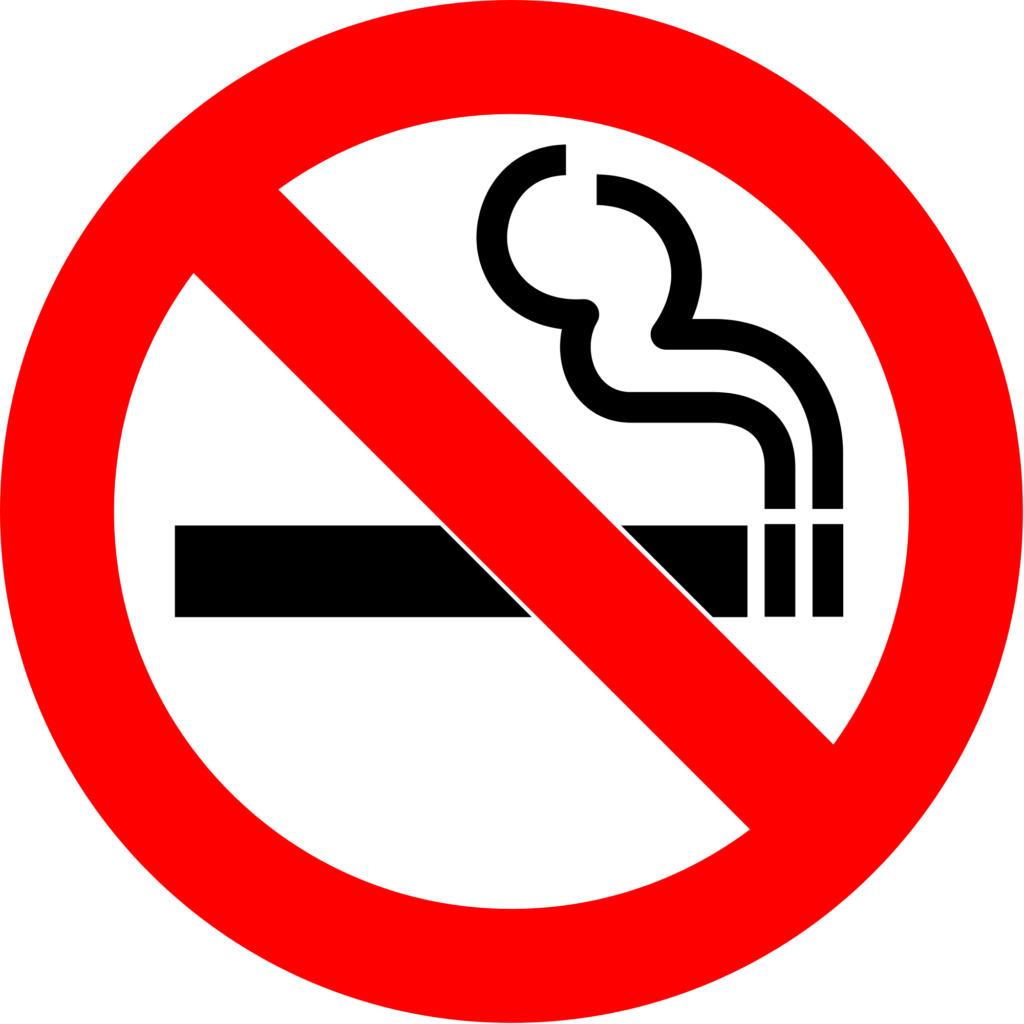
34.2 million adults still smoking and many using other tobacco products
Cigarette smoking among U.S. adults has reached an all-time low of 13.7% in 2018 — a decline of approximately two-thirds in the more than 50 years since the first Surgeon General’s report warned of the health consequences of smoking. Yet, new data released in today’s Morbidity and Mortality Weekly Report show that nearly 1 in 7 U.S. adults smoke cigarettes. Many use other tobacco products.
“This marked decline in cigarette smoking is the achievement of a consistent and coordinated effort by the public health community and our many partners,” said CDC Director Robert R. Redfield, M.D. “Yet, our work is far from over. The health benefits of quitting smoking are significant, and we are committed to educating Americans about the steps they can take to become tobacco-free.”
To assess recent national estimates of tobacco product use among U.S. adults 18 years or older, CDC, the Food and Drug Administration (FDA), and the National Cancer Institute (NCI) analyzed data from the 2018 National Health Interview Survey. The survey measured current cigarette smoking (ever smoked at least 100 cigarettes in a lifetime and smoked “every day” or “some day”) and current (“every day” or “some day”) use for other tobacco products: cigars, cigarillos, filtered little cigars; pipes, water pipes, hookahs; e-cigarettes; and smokeless tobacco.
Cigarettes still most used product
The study found that an estimated 49.1 million (19.7%) U.S. adults currently used a tobacco product in 2018. Cigarettes remained the most commonly used tobacco product (13.7%), followed by cigars, cigarillos, or filtered little cigars (3.9%); e-cigarettes (3.2%); smokeless tobacco (2.4%); and pipes, water pipes, or hookahs (1.0%). Most tobacco current product users (83.8%) reported using combustible products (cigarettes, cigars, pipes, water pipes, or hookahs), and 18.8% reported using two or more tobacco products.
During 2017–2018, e-cigarette use among adults increased from 2.8% to 3.2%, a reversal from the decline observed among adults during 2014-2017. The increase during 2017-2018 was primarily driven by an increase in e-cigarette use among young adults (18-24 years old), which rose from 5.2% in 2017 to 7.6% in 2018. Smokeless tobacco use also increased from 2.1% to 2.4% among adults during the same time period. No significant changes occurred in the use of the other tobacco products included in the study.
“The sustained drop in adult smoking is encouraging as we work to reduce tobacco-related disease and death in the U.S. through science-driven policy, compliance and enforcement in addition to public education,” said Admiral Brett Giroir, M.D., Assistant Secretary of Health and Acting FDA Commissioner. “We remain dedicated to keeping pace with the evolving tobacco product landscape to ensure strong regulatory oversight in light of the increases in youth use of e-cigarette products in the U.S.”
Findings point to disparities in tobacco product use:
Cigarettes remain the most commonly used tobacco product among adults. The study found that disparities exist. By subgroups, use of any tobacco product in 2018 was highest among:
- Adults 25-44 years old (23.8%).
- Adults with a General Education Development (GED) certificate (41.4%).
- Adults who were uninsured (29.9%), insured by Medicaid (27.8%), or received some other public insurance (23.0%).
- Non-Hispanic American Indian/Alaska Native (32.3%), multiracial (25.4%), white (21.9%), or black adults (19.3%).
- Lesbian, gay, or bisexual adults (29.2%).
- Adults with an annual household income under $35,000 (26.2%).
- Adults living with a disability (24.3%).
- Adults living in the Midwest (23.6%) or the South (21.4%).
- Adults divorced, separated, or widowed (22.6%), or adults who were single, never married, or not living with a partner (21.1%).
- Adults who reported serious psychological distress (36.7%).
The study also assessed cessation behaviors that are contributing to the overall decline in cigarette smoking. Among adult cigarette smokers, those making a quit attempt in the past 12 months increased from 52.8% in 2009 to 55.1% in 2018. Recent successful smoking cessation increased from 6.3% in 2009 to 7.5% in 2018, and the quit ratio, or the percent of adults who ever smoked 100 cigarettes or more during their lifetime who have quit smoking, increased from 51.7% in 2009 to 61.7% in 2018.
What more can be done?
Cigarette smoking is the leading cause of preventable disease, disability, and death in the U.S. Cigarette smoking is responsible for more than 480,000 deaths per year including more than 41,000 deaths resulting from secondhand smoke exposure.
Implementing comprehensive, population-based interventions — in coordination with regulation of the manufacturing, marketing, and distribution of all tobacco products — can reduce the burden of tobacco use in the U.S. Continued surveillance is critical to informing tobacco control efforts at the national, state, and local levels.
Quitting smoking at any age is beneficial for health. Among current U.S. adult cigarette smokers, nearly 70% want to quit, and more than half made a quit attempt in the preceding year.
Information directly from the CDC.

2 Comments
Leave a Reply
Cancel reply
Leave a Reply

Bulloch Public Safety
11/24/2025 Booking Report for Bulloch County

Bulloch Public Safety
12/12/2025 Booking Report for Bulloch County

Bulloch Public Safety
12/01/2025 Booking Report for Bulloch County

Bulloch Public Safety
12/16/2025 Booking Report for Bulloch County

Bulloch Public Safety
12/15/2025 Booking Report for Bulloch County










Nelda Smith
November 17, 2019 at 7:03 am
WHAT ABOUT ALCOHOL ? IS THAT ANY LOWER? ALCOHOL IS THE #1 KILLER OF INNOCENT PEOPLE IN OUR NATION AND THE #1 CAUSE OF DOMESTIC VIOLENCE AND ABUSE. ANY HOPE OF ALCOHOL BEING MADE ILLEGAL ? ALCOHOL HAS BEEN A DEVASTING CANCER IN OUR NATION FOR OVER A CENTURY.
Nelda Smith
November 17, 2019 at 7:09 am
HOW ABOUT OPENING LAWSUITS AGAINST ALCOHOL PRODUCERS FOR THE FAMILIES THAT HAVE BEEN MURDERED BY DRUNK DRIVERS ON OUR ROADS – AND FOR SPOUSES AND CHILDREN THAT HAVE BEEN BEATEN, ABUSED AND PSYCHOLIGICALLY DESTROYED BY AN ALCHOLIC ?